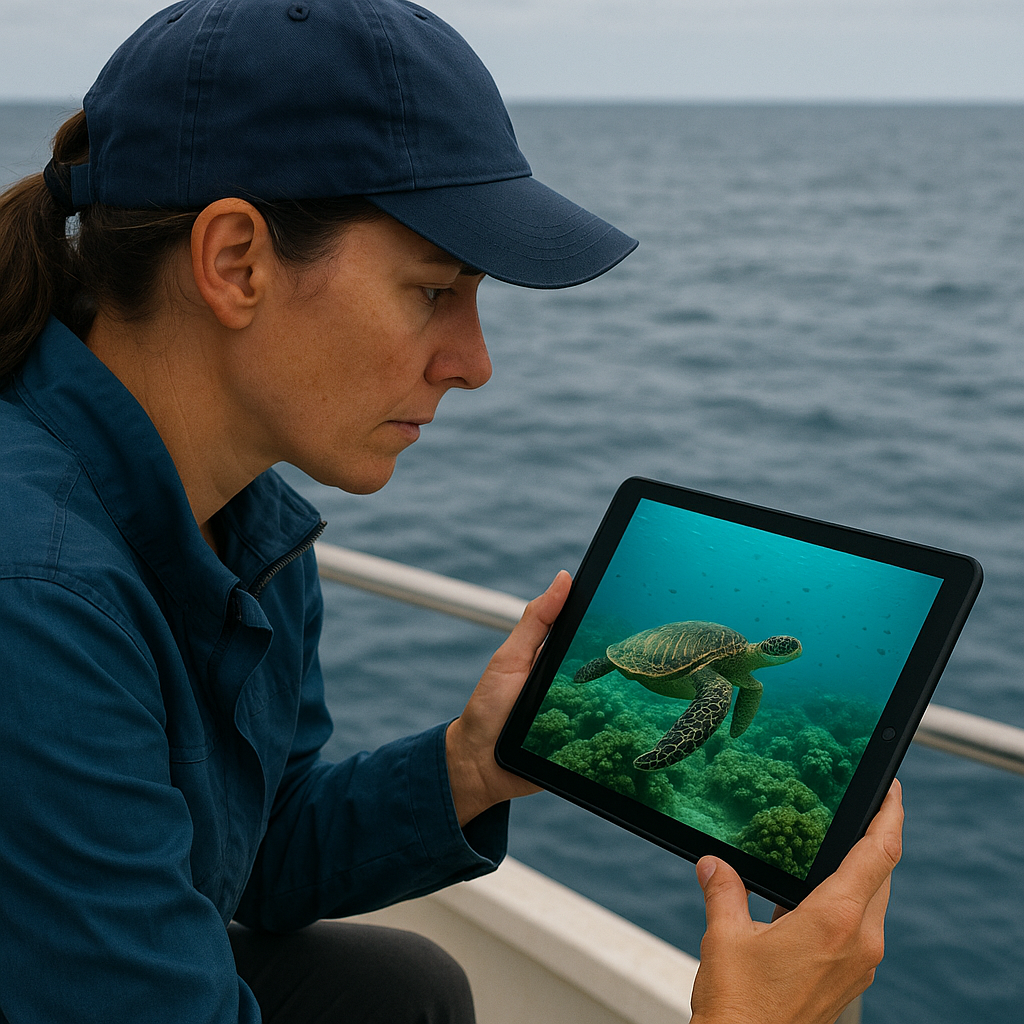GoPro cameras have become synonymous with capturing epic adventures, including the mesmerising world beneath the waves. To ensure you capture the best underwater footage with your GoPro, it’s essential to optimise the camera settings for the underwater environment. In this blog post, we will guide you through the best settings to use on your GoPro for stunning underwater footage. From resolution and frame rate to white balance and colour profiles, these settings will help you bring the underwater world to life in all its vibrant glory.
Resolution and Frame Rate:
For capturing detailed and smooth underwater footage, select a high-resolution setting on your GoPro. Depending on the model, options like 4K, 2.7K, or 1080p are recommended. Higher resolutions provide more detailed images, allowing you to showcase the intricate beauty of the underwater environment. Additionally, choose a frame rate that suits your desired style of footage. For smooth, cinematic shots, 24 or 30 frames per second (fps) are ideal. If you’re capturing fast-paced action, consider higher frame rates like 60 or 120 fps for smooth slow-motion sequences.
Protune and Colour Profiles:
Enabling the Protune feature on your GoPro gives you greater control over the camera settings, allowing for enhanced post-processing and colour grading options. Within Protune, you can adjust settings such as ISO, sharpness, and exposure compensation to fine-tune your underwater footage. Additionally, experiment with different colour profiles like GoPro Colour or Flat. GoPro Colour produces vibrant, punchy colours, while Flat provides a neutral colour profile that allows for more flexibility during post-processing, especially when colour grading.
White Balance:
Underwater environments have unique lighting conditions, and setting the appropriate white balance is crucial to achieve accurate and natural-looking colours. GoPro cameras offer several white balance options, including Auto, 3000K, 5500K, and Native. Start with the Auto white balance setting, which can work well in various underwater scenarios. However, if you notice colour casts or inconsistent hues, manually adjust the white balance based on the depth and water conditions. Experiment with different white balance settings to find the one that produces the most pleasing and true-to-life colours.
Protune ISO and Exposure:
When shooting in challenging underwater lighting conditions, adjust the ISO and exposure settings in Protune to achieve optimal results. It is generally recommended to set the Max ISO to 400 to minimise digital noise in your footage. However, keep in mind that lowering the ISO may require adjustments to other settings such as exposure and lighting conditions. Adjust the exposure compensation to ensure your footage is properly exposed, taking into account the available light and the specific underwater environment. Balancing ISO and exposure will help you capture clear, well-lit footage with accurate colours.
Please note that individual shooting scenarios may vary, and it’s always a good idea to test and adjust settings based on the specific lighting and underwater conditions you encounter.
Use Filters:
To improve colour accuracy and correct the colour cast caused by the water’s natural tint, consider using filters specifically designed for underwater use. Filters help restore natural colours and reduce the dominance of blue or green hues in your footage. Depending on the water conditions and depth, choose filters that suit the specific colour temperature of the environment. Some common filters include red filters for tropical or bluewater conditions and magenta filters for green or freshwater environments.
Final Thoughts
Capturing stunning underwater footage with your GoPro is an exhilarating experience. By optimising the camera settings, including resolution, frame rate, Protune options, white balance, and the use of filters, you can bring the vivid and captivating underwater world to life. Experiment with different settings, fine-tune as you go, and adapt to the unique lighting and conditions of each dive. With practice and the right settings, you’ll be able to create breathtaking underwater footage that showcases the beauty of the underwater realm.










